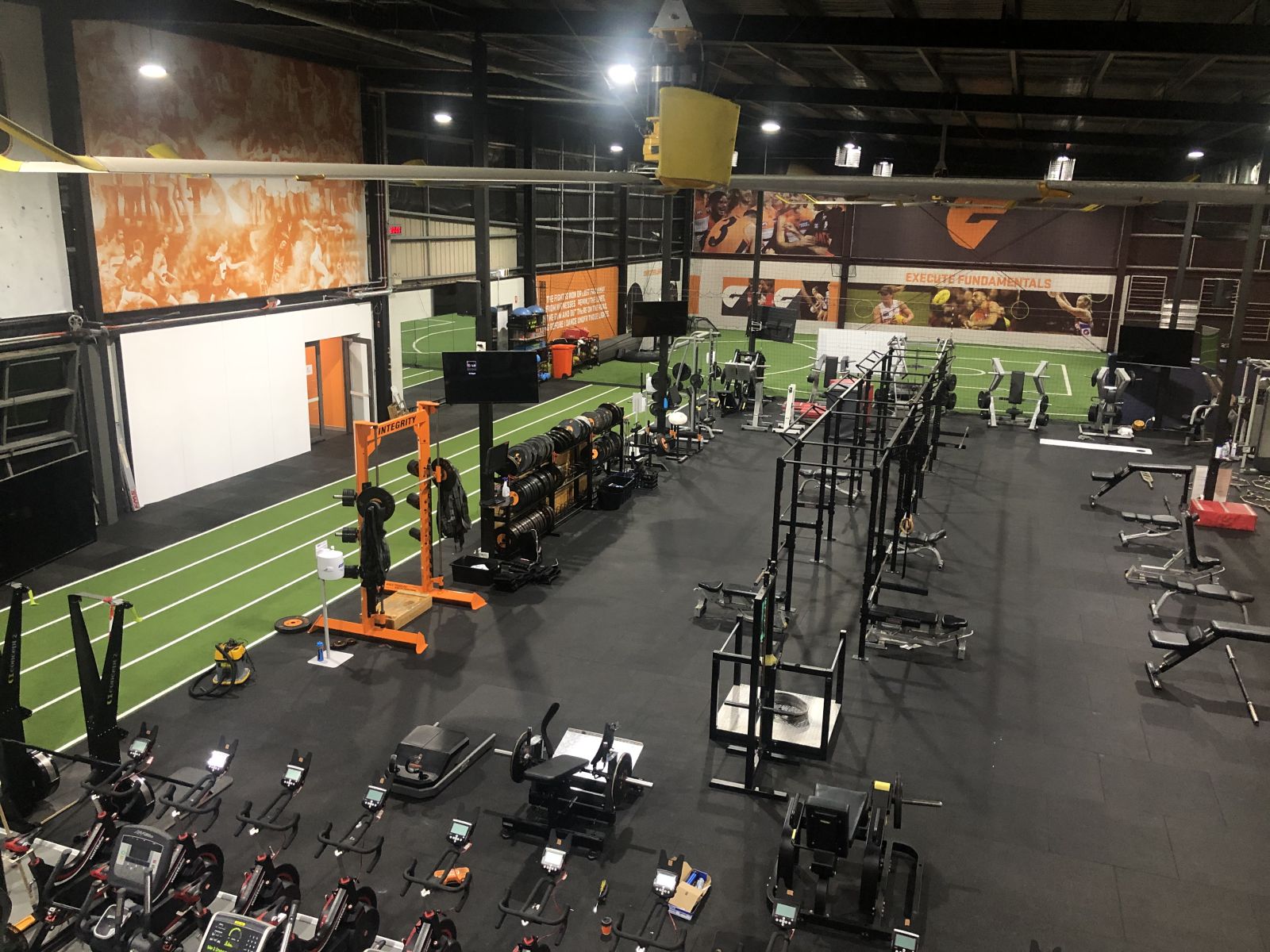Discover the Perfect Gym Flooring: A Deep Dive into Rubber, Foam, Vinyl, and Synthetic Turf Options
Author: Sports Floor Australia Date Posted:27 November 2023

Creating the perfect workout space goes beyond just choosing the right equipment; it also involves selecting the most suitable gym flooring. With an array of materials available, including rubber, foam, vinyl, and synthetic turf, it's essential to understand the pros and cons of each. In this guide, we'll explore the diverse world of gym flooring to help you make an informed decision that aligns with your fitness goals and preferences.
-
Rubber Flooring: Rubber gym flooring is popular for its durability and shock-absorbing properties. It provides excellent protection for both the floor and gym equipment. Whether you're lifting weights or engaging in high-intensity workouts, rubber flooring is known for its resilience and impact resistance. Its textured surface also offers slip resistance, ensuring a safe workout environment. However, it's essential to note that rubber flooring can be heavy and may have a distinct rubber odour initially.
-
Foam Flooring: Foam gym flooring is valued for its comfort and versatility. It's particularly suitable for areas designated for stretching, yoga, or low-impact exercises. The soft and cushioned surface reduces the strain on joints and provides a comfortable base for various activities. While foam flooring is lightweight and easy to install, it may not be as resilient as rubber, making it more susceptible to wear and tear over time.
-
Vinyl Flooring: Vinyl gym flooring combines durability with a sleek aesthetic appeal. It is resistant to moisture, making it easy to clean and maintain. Vinyl is available in various thicknesses, allowing for customization based on the intended use of the space. This type of flooring is well-suited for high-traffic areas and is known for its longevity. However, it may lack the same level of shock absorption as rubber, making it less ideal for heavy-weight lifting zones.
-
Synthetic Turf: Synthetic turf has gained popularity in functional fitness areas and indoor sports facilities. It provides a unique and visually appealing surface for sled pushes, agility drills, and sprints. Synthetic turf offers a natural feel while being easy to clean and maintain. However, it may not be the best choice for heavy equipment areas or activities that involve constant impact.
Selecting the right gym flooring is a crucial step in creating a safe, functional, and aesthetically pleasing workout space. By understanding the characteristics of materials such as rubber, foam, vinyl, and synthetic turf, you can tailor your choice to meet the specific needs of your fitness routine. Consider factors like durability, comfort, and maintenance requirements to ensure your gym flooring enhances your overall workout experience. With the right foundation, you'll be on your way to achieving your fitness goals in a space that suits your style and preferences.










